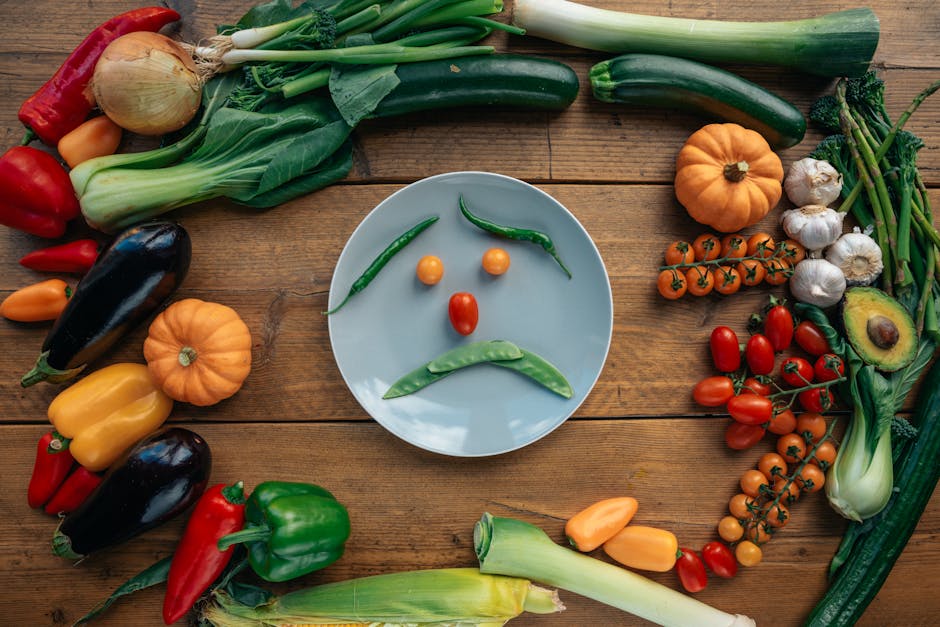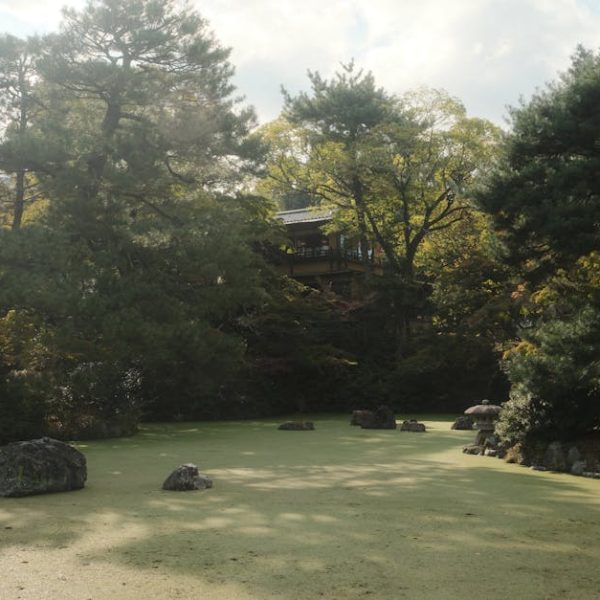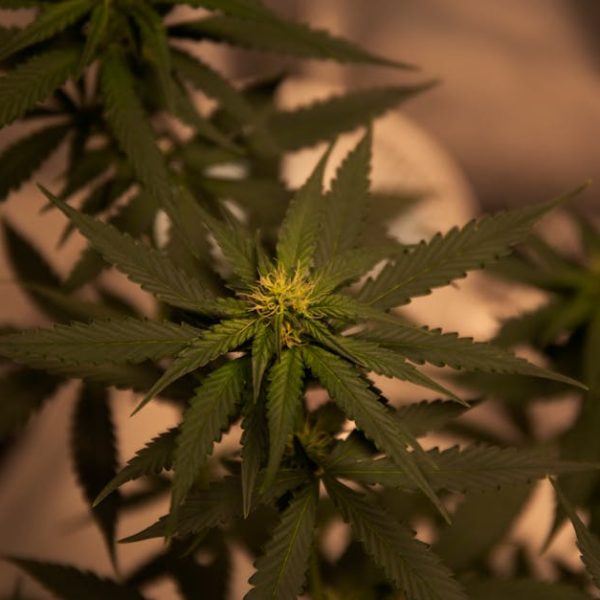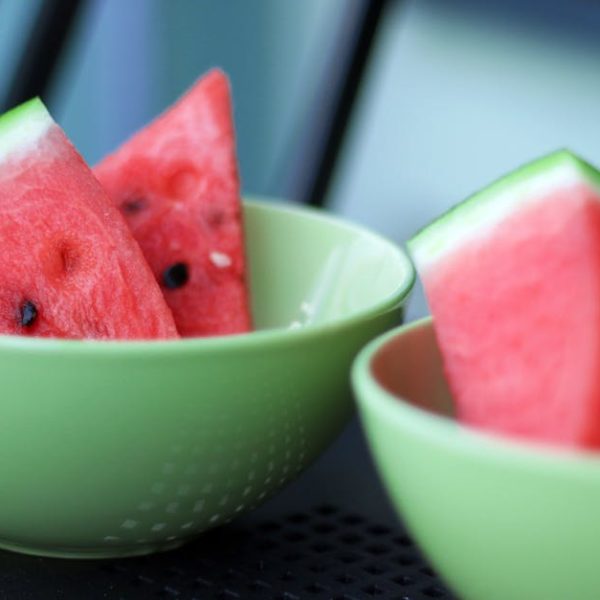Growing Shishito peppers at home can feel like an ambitious endeavor, but fear not—these piquant and flavorful peppers are quite approachable for home gardeners! Famed for their beautifully charred skin, tender interior, and mild heat, Shishito peppers can be grown successfully in the comfort of your backyard or even indoors, with just a few simple steps and solid understanding of their growth requirements. This article will walk you through five key areas to get you started: picking the right soil and location, properly planting your seeds, sustaining growth via watering and fertilizing, keeping your plants healthy, and finally harvesting and utilizing your Shishito peppers.
Choosing the Right Soil and Location
For any plant to thrive, soil and location are paramount. Shishito peppers are no exception. These plants favor well-drained soil that is rich in organic matter. The ideal pH of the soil should be between 6.0 and 6.8.
Best Practices
- Use a gardening trowel to create holes for your seeds. The holes should be approximately 1.5 to 2 inches deep and spaced about 18 to 24 inches apart.
- Opt for a location that gets plenty of sunlight – at least six hours a day. While they can tolerate partial shade, full sun exposure is best.
Checklist
Before you plant, be sure to:
- Analyze your space: Container or open garden? Ensure it’s spacious enough for your peppers to grow without restriction.
- Check for sunlight: Plants require light for photosynthesis. Confirm your chosen spot gets enough sun.
- Test your soil: You may need to amend with compost or other organic matter to create ideal conditions.
Proper Planting and Care of Shishito Pepper Seeds
Once you’ve selected the perfect soil and location, it’s time to plant your Shishito pepper seeds.
Expert Tips
- Start seeds indoors: Starting your peppers indoors gives them the protected, controlled environment needed to sprout. Transplant them outdoors once the risk of frost has passed and soil temperatures maintain at least 60°F.
- Maintain moisture: Keep the soil consistently moist but not waterlogged. Water-stressed plants produce capsaicin—the compound responsible for heat—in higher amounts, leading to spicier than desired peppers.
Comparison
| Pros | Cons |
|---|---|
| Starting seeds indoors: Better control over seedlings’ environment, leading to healthier, stronger plants. Plus, it can give you a head start on the growing season! | Direct sowing outdoors: Unless your weather is consistently warm (think Mediterranean), peppers may not have enough time to mature fully before seasonal changes. |
Continue by expanding the article based on the outline and provided instructions. Remember to maintain a conversational and active voice, keeping audience engagement and information transfer at the core of the content.
Complete the remaining article portions on fertilizing and watering, pest and disease management, and finally, harvesting and utilizing Shishito peppers, using the same format. In the end, you would have a comprehensive guide that not only informs but also encourages your readers to start home-growing their Shishito peppers.
Sustaining Growth: Fertilizing and Watering
After planting, it all comes down to regular care to ensure your Shishito peppers grow lush and bountiful.
Best Practices
- Watering should be consistent. Shishito peppers prefer evenly moist soil; neither too dry nor waterlogged.
- Fertilize your plants every two weeks using a balanced vegetable fertilizer.
List of Suitable Fertilizers
Both organic and inorganic fertilizers work great for Shishito peppers. Here are some suggestions:
- Organic: Compost, bone meal, cottonseed meal
- Inorganic: Balanced NPK fertilizer, slow-release granular fertilizer
Pest and Disease Management in Shishito Peppers
Despite your best efforts, pests and diseases may still pose a threat to your Shishito peppers.
Pro Tips
- Be vigilant: Pay attention to any changes in the plants—discoloration, strange spots, or abnormal growth are signs of an issue.
- Natural pest control: Introduce beneficial insects, like ladybugs, to your garden. They’ll take care of aphids and other harmful pests.
List of potential pests and diseases
Keep an eye out for these common issues:
- Aphids
- Spider mites
- Bacterial leaf spot
- Root rot
Treatment options vary depending on the pest or disease, so it’s best to consult with a local nursery or agricultural extension for specific remedies.
Harvesting and Utilizing Shishito Peppers
The moment of glory is upon us—harvesting your home-grown Shishito peppers.
Best Practices
- Harvest when green: Shishito peppers are ideally harvested while still green. Use a pair of sharp, sanitized scissors to cut the peppers from the plants, instead of tugging them off.
- Store your peppers: For freshly harvested peppers, store in a paper bag in the veggie drawer of your fridge. They’ll last for about a week!
Checklist:
- Peppers are three to four inches long? Check.
- Still a vibrant green? Check.
- Harvested with sanitized tools? Check.
- Stored properly? Check.
There you have it, a comprehensive guide to growing, nurturing, and harvesting your very own Shishito peppers. Though it may seem like a lot, time, patience, and practice make everything feasible. Now you’re well equipped to venture into this exciting journey of home-gardening. Enjoy and share the fruits of your labor with your family and friends in a savory dish of blistered Shishito peppers tonight!
Key Takeaway:
- Shishito peppers are a versatile and enjoyable plant to grow at home, requiring well-drained soil, plenty of sunlight, consistent watering, and regular fertilization.
- Starting seeds indoors before transferring outdoors can lead to healthier plants and a better yield.
- Regular care and vigilance for potential pests or diseases are essential for the plant’s health.
- Harvested peppers need careful handling and proper storage to retain their freshness and flavor.
Remember, no gardening journey is without its challenges, but the rewards greatly outweigh them. Be observant, adaptable, and patient—your efforts will bear fruit (or peppers, in this case!). Get started today with the guidance provided here and enjoy the delightful experience of growing your own Shishito Peppers. Happy gardening!
FAQs
Q: Can Shishito peppers grow in partial shade?
A: While Shishito peppers are more forgiving than most pepper varieties and can tolerate some shade, they ideally need full sun exposure—at least six hours every day—for the best yields.
Q: How long does it take for Shishito peppers to grow from seeds?
A: With proper care and optimum growing conditions, Shishito peppers usually take about 60-90 days from seed to harvest.
Q: Can I grow Shishito peppers indoors all year round?
A: Yes, Shishito peppers can be cultivated indoors provided they receive adequate light—either from a sunny window or supplemental grow lights—and are kept in a warm temperature range (around 70-80°F).
Q: How many Shishito peppers does one plant produce?
A: The yield can vary depending on several factors, including growing conditions and plant care. However, under ideal conditions and care, one Shishito pepper plant can yield up to 50-100 peppers in a season.
Q: Can I use regular garden soil for growing Shishito peppers?
A: While Shishito peppers can adapt to various soil types, they prefer well-drained soil enriched with organic matter. If your garden soil doesn’t drain well or lacks nutrients, consider amending it with compost or other organic materials for better results.
We hope you find this guide helpful. Share this article with aspiring gardeners and explore more posts on our website for more gardening tips and insights!






